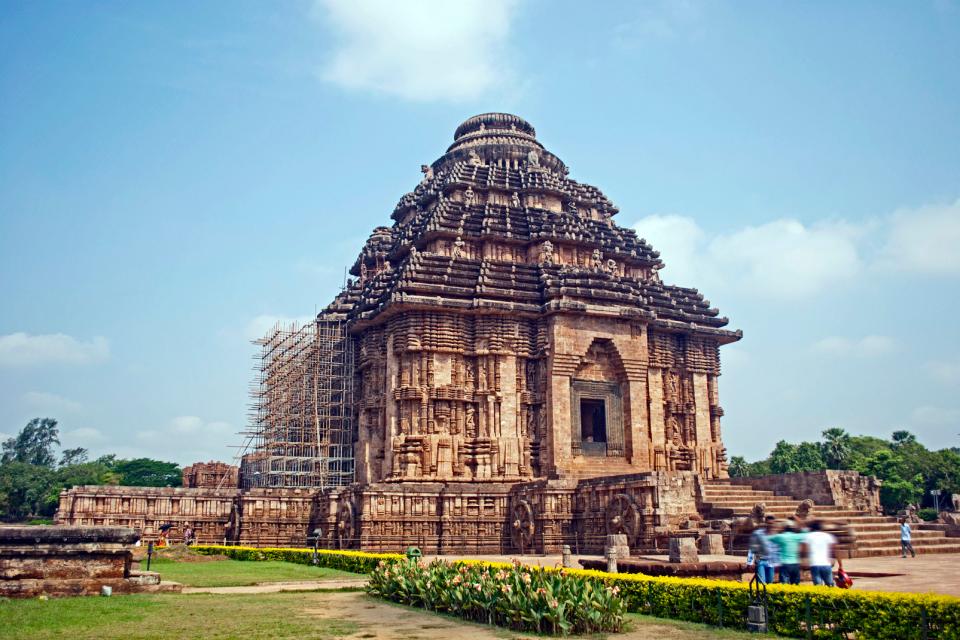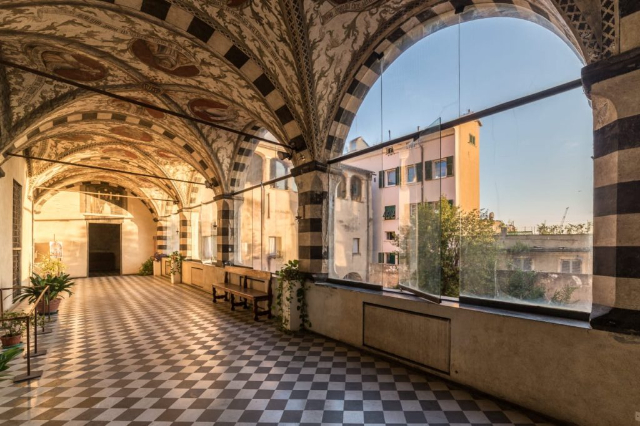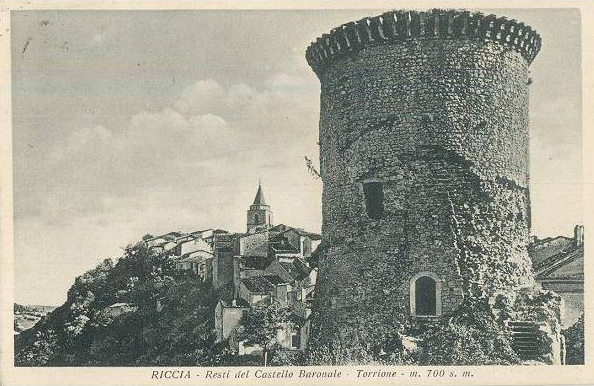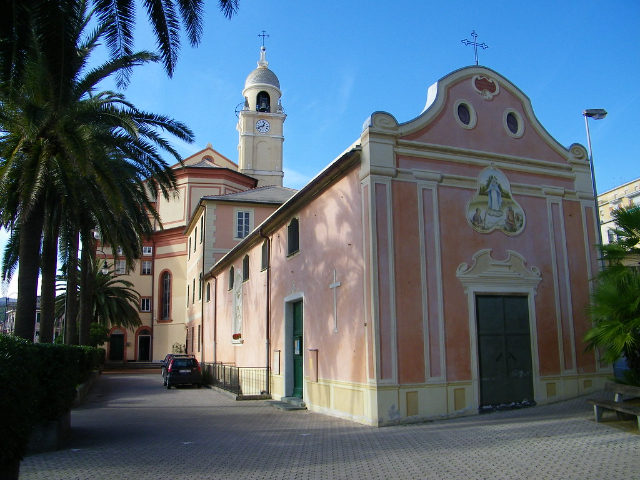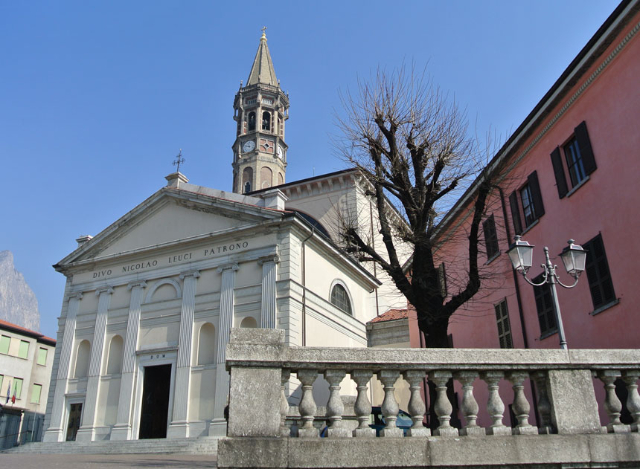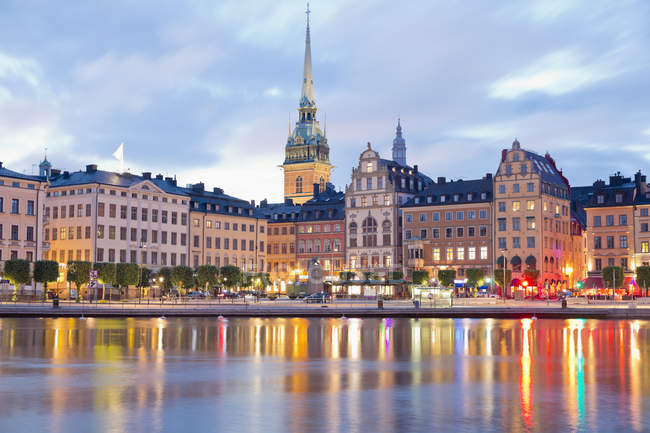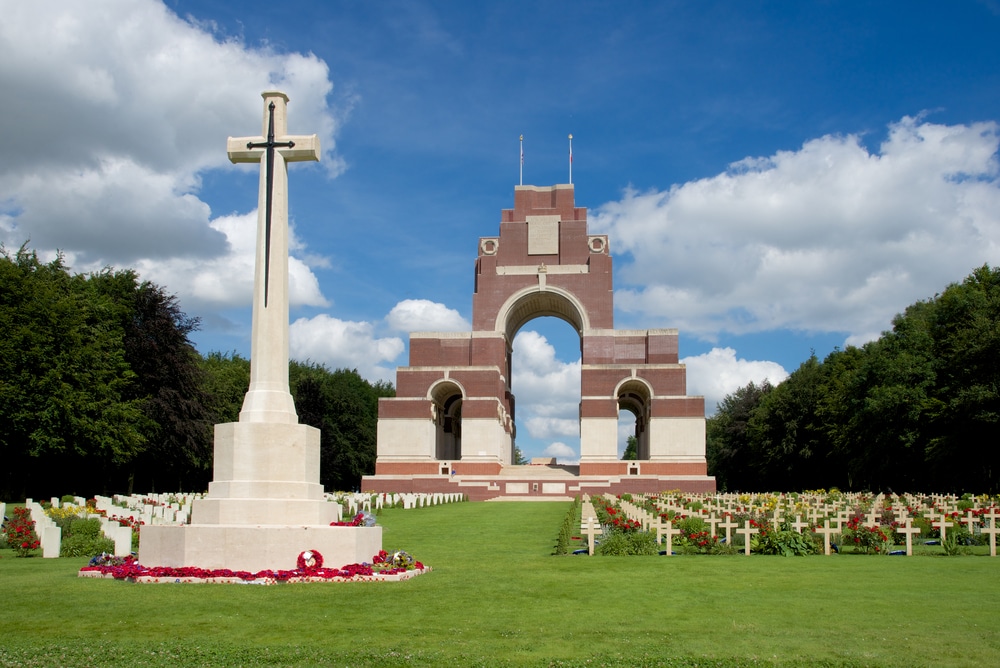For the sacred architecture of the ancient Kalinga kingdom, now Orissa, a place was not just a place, just as a temple was not just a religious building. The land on which the first stones were laid was chosen with care, on the basis of precise topographical rules that over the centuries have merged into Vastu Shastra: a reference text of Indian sacred architecture. The stones themselves, used in the construction of the temples, were subject to careful examination, according to their composition and place of origin. A complex system of codes and hierarchies also involved the staff in charge of the construction that went from the client (usually the sovereign) to the sculptors (kayakers) in charge of shaping the stone. The Temple of the Sun in Konarak, Orissa, is one of the greatest architectural expressions of Indian sacred art and, without doubt, one of the greatest masterpieces of the Kalinga period. In Orissa, the temple of Konarak, is part of the so-called Golden Triangle, formed by the temple of Shree Jagannath, in Puri (30 km south of Konark) and the temple of Lingaraja, in Bhubaneswar, capital of the State, located about ninety kilometers north of the temple of the Sun. Built in the 13th century at the behest of Narasingha Deva I, ruler of the Eastern Ganga dynasty and a fierce defender of the borders of the Kalinga kingdom, the patron of the Temple of the Sun in Konarak was an enlightened ruler for his time, during which the kingdom experienced a period of great prosperity and wealth. This is testified by the grandeur of the Temple of Konarak, built in honor of the Sun god Surya, associated with good and knowledge. Also known as the Black Pagoda, the temple with its seventy-meter-high wickerwork, which was destroyed in the 16th century, was a maritime landmark for all the ships that sailed along the eastern coast of India heading east.
At the time of the Kalinga kingdom, the Gulf of Bengal, overlooked by the Temple of the Sun, was one of the busiest seas in the world; Indian, Arab and Chinese ships beat the gulf trafficking in men, spices and precious stones; in the following centuries the Spanish and Portuguese would join them and the coasts of Orissa, with its ports and goods continued to be one of the most important trade hubs of the Gulf of Bengal.
The Temple of the Sun of Konarak, from its privileged position, along the coasts of Orissa, witnessed the passage of time, filling travellers with wonder and wonder. A history that since the 13th century, continues to this day.
